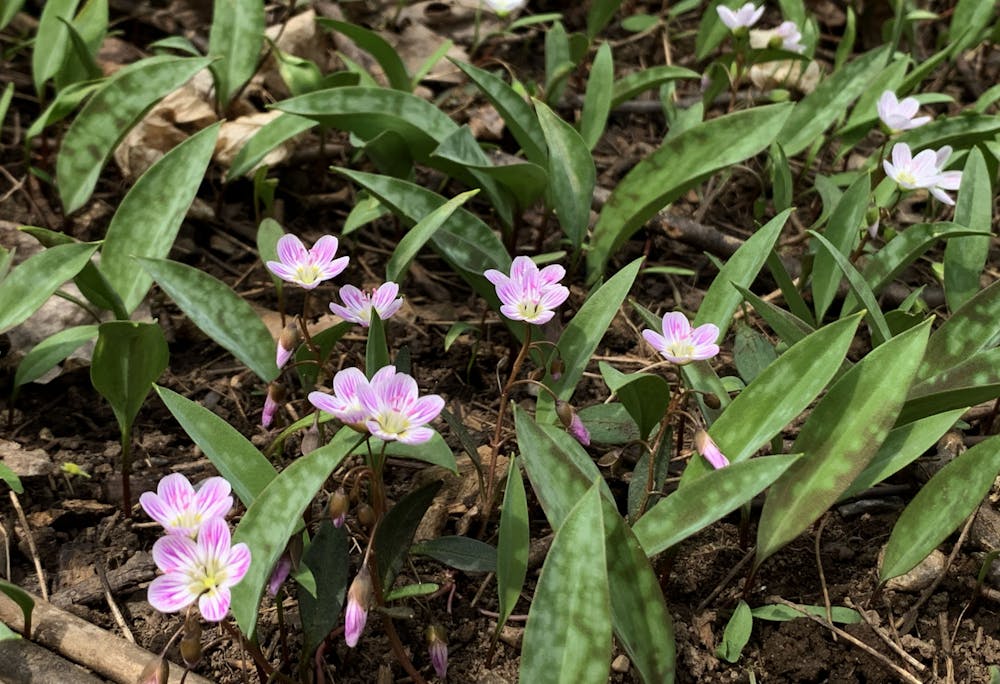These past few weeks have been especially stressful at Middlebury, from false alarms and reduced dining options to upcoming final exams. One of the many outlets that has helped me maintain peace during these times has been grounding myself in the natural world, looking above these difficulties and down to the earth itself. One of the reasons I came to Middlebury was because of Vermont’s impressive nature, and according to the Vermont Center for Geographic Information, the land around Middlebury’s campus is even considered a unique biodiversity hotspot.
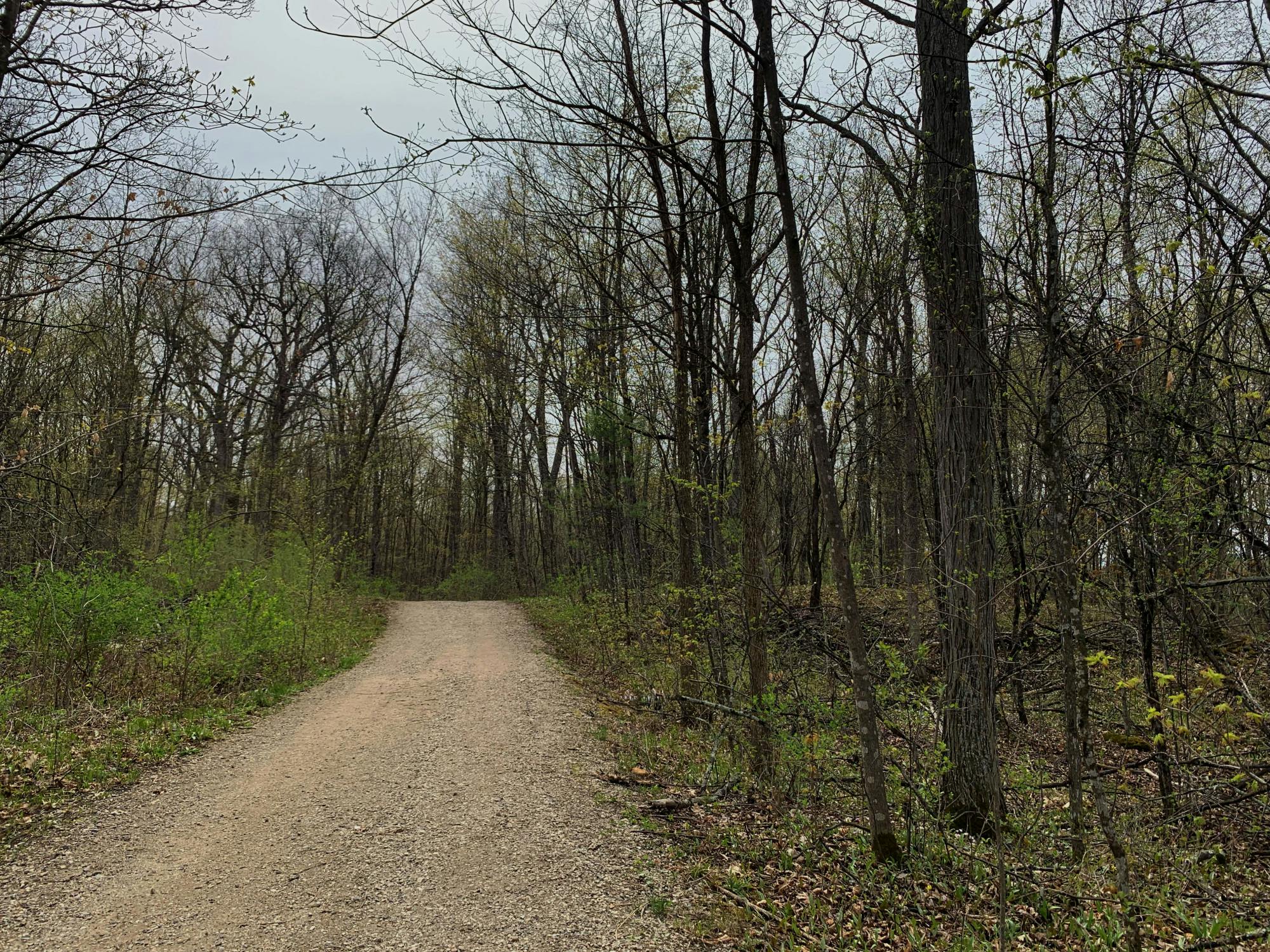
Accessing this ecologically rich environment may be daunting for those who are new to this region, like me, but starting slowly with easily identifiable flora is a manageable way to familiarize oneself with the surrounding nature. In that spirit, this brief photo tour aims to help readers recognize three different wildflowers that are blooming in this area right now, as well as introduce iNaturalist, an app that can make learning about the variety of flora and fauna more accessible.
Trout Lilies
Along the portion of the Trail Around Middlebury (TAM) that runs between South Street and the golf course, the forest floor is blanketed in yellow dots. These flowers, named yellow trout lilies (Erythronium americanum) for their leaves’ mottled colors — which resemble a brook trout according to the Lady Bird Johnson Wildflower Center — are distinguished in their ability to form massive colonies under the right conditions. With only one flower and a couple leaves per individual plant, these massive swaths of life burgeoning under the just-budding trees are difficult to comprehend the scope of — especially if once you learn that it can take several years for one of these colonies to even start producing flowers.
Yellow trout lilies can be easily identified by their tall, solitary flowers, which consist of three petals and three petal-like sepals. When the plant is not in bloom, it presents as only a single leaf sprouting from the ground, with the immature leaves having the same mottled brown-and-green appearance as mature leaves. These blossoms only last a few weeks, after which the flowers will wither and be replaced by bulbous, green seed pods.
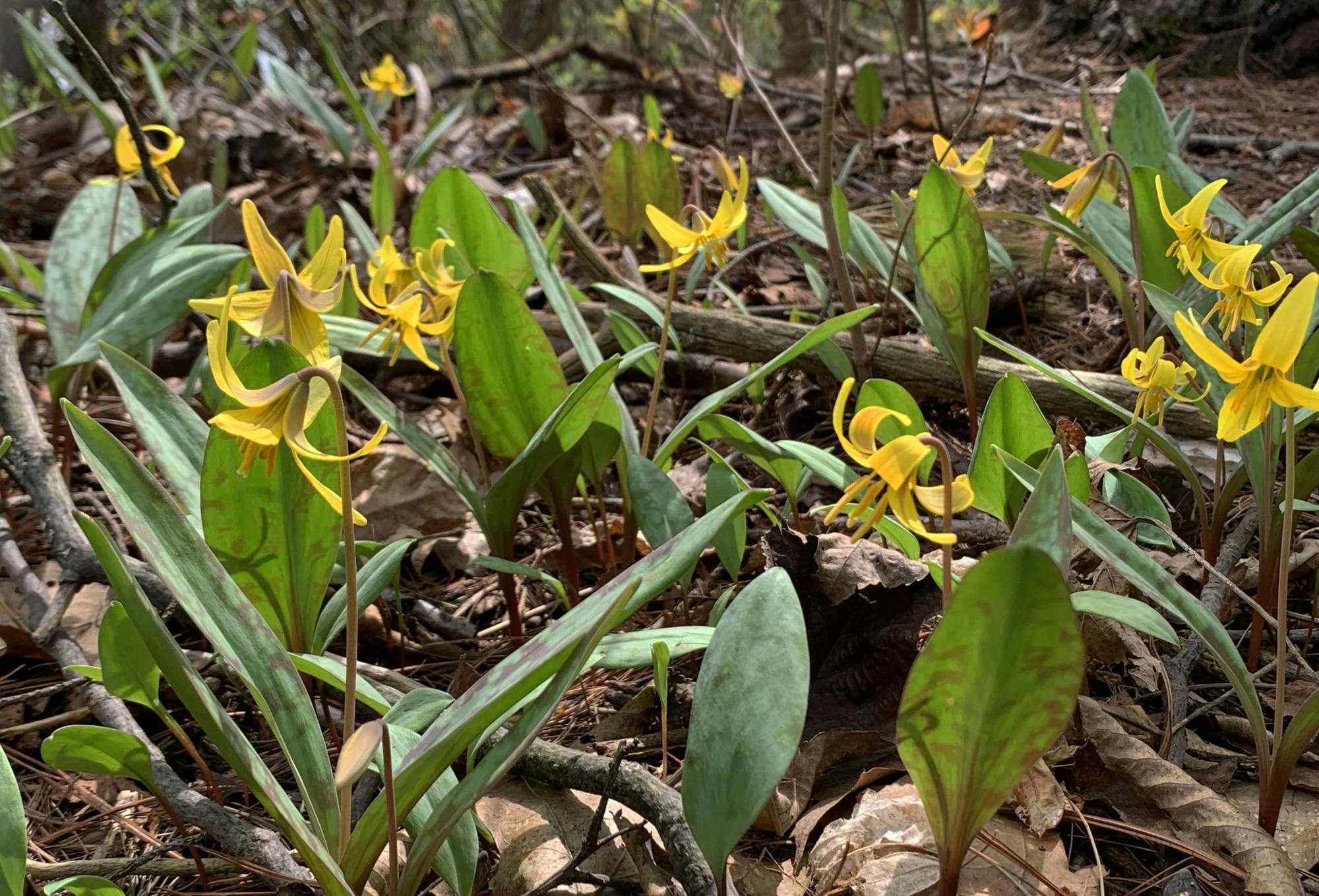
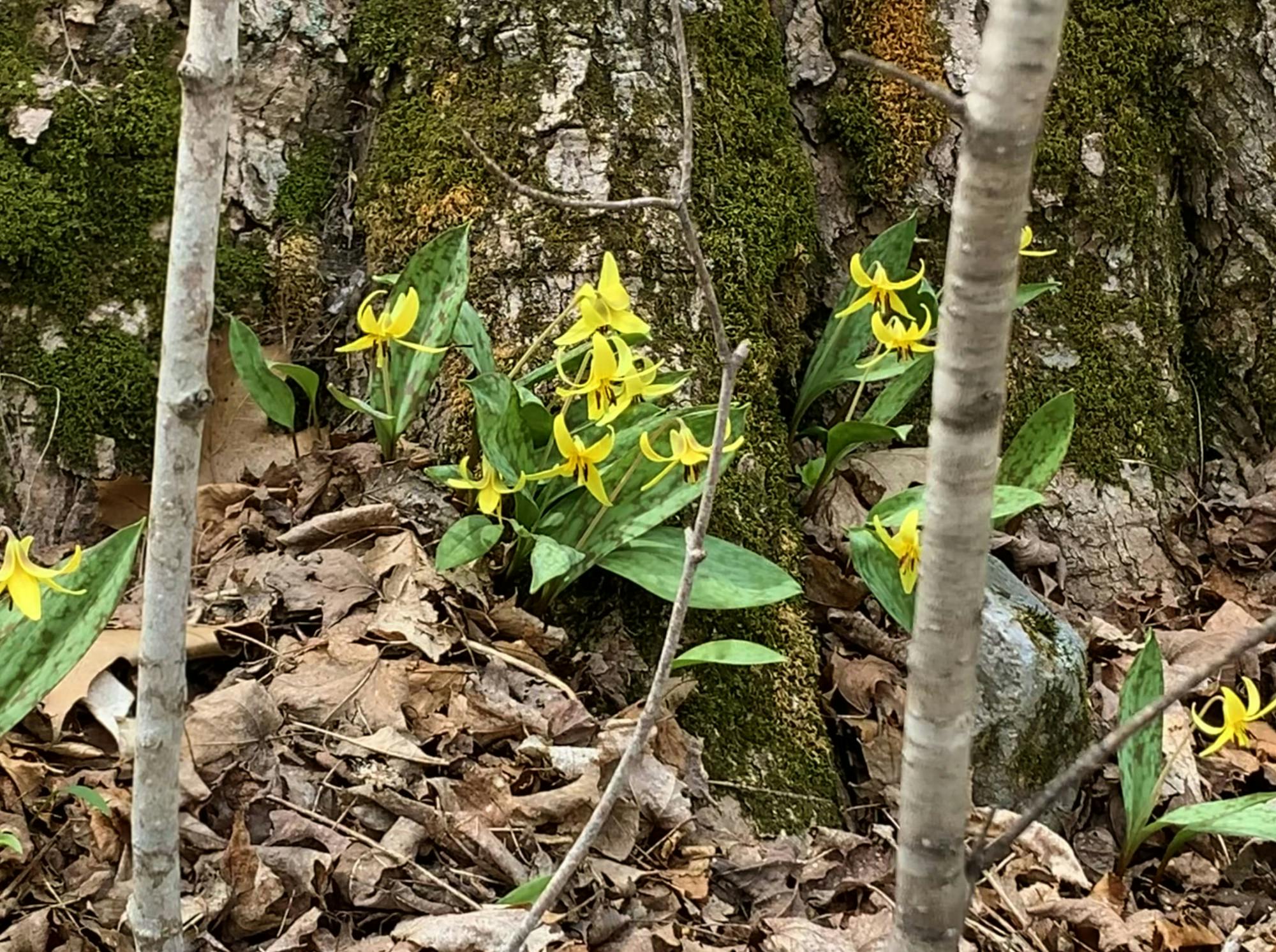
Hepatica
These small plants are some of the first to bloom when springtime arrives, with flowers that open before their leaves can even finish unfurling. The sharp-lobed hepatica (Hepatica nodilis acuta) comes in a variety of different colors, with blossoms ranging from white to pink to purple and spotty leaves cycling through green, red, and brown throughout the seasons. This flower is recognizable, though, by the collection of lime green carpals at its center, and the many small, white stamens that encompass them. As suggested by its name, the sharp-lobed hepatica has a round-lobed counterpart, both of which are native to Vermont; according to the digital database Minnesota Wildflowers, the former is recognized by the sharp tips of its leaves, whereas the latter’s leaves have a more curved edge.
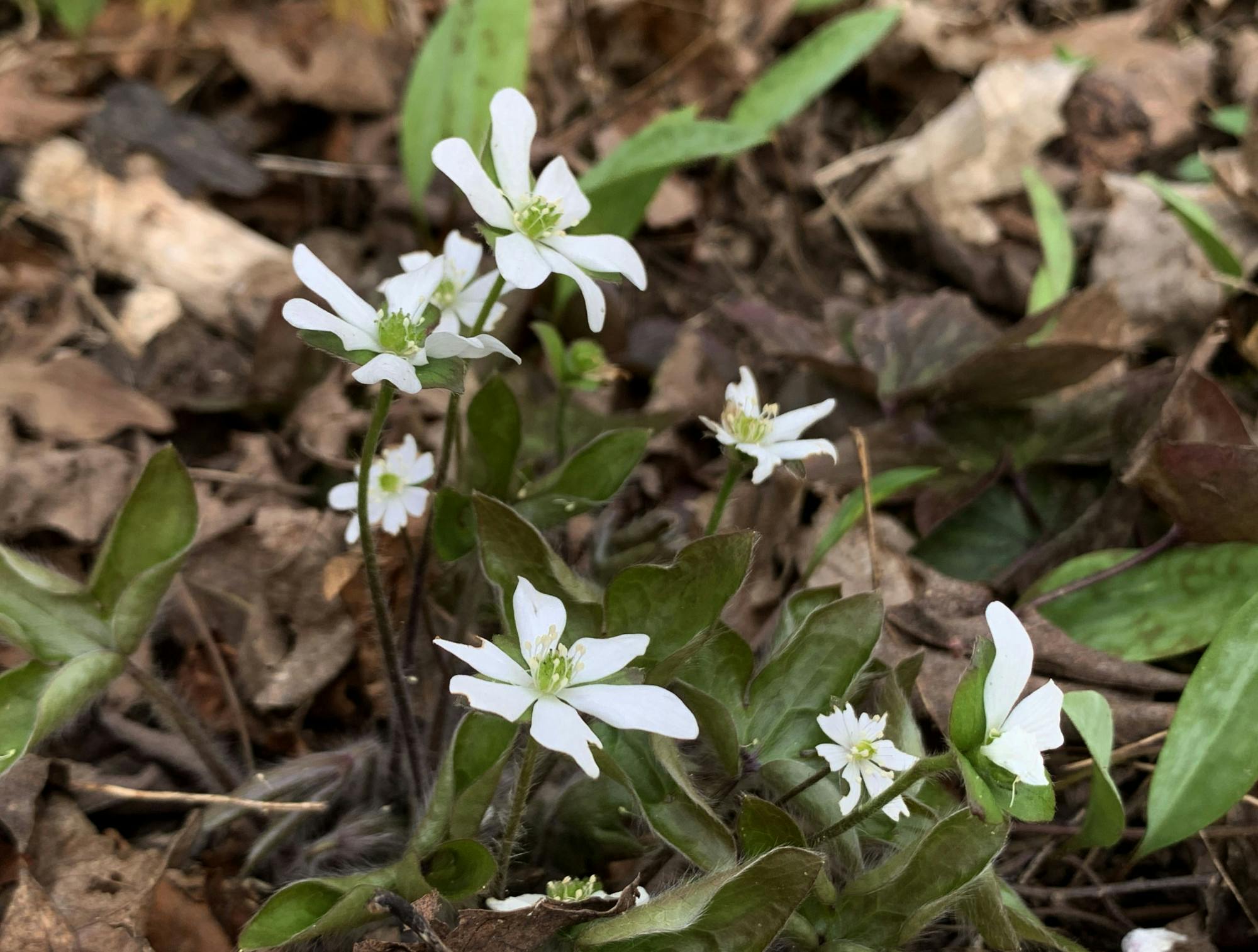
Springbeauties
The Carolina springbeauty (Claytonia caroliniana), despite its name, is found most commonly in New England — although its wide range spans most of the eastern United States. The small flowers are always five-petaled and pale pink, with darker veins creating visually distinct stripes. Their early spring emergence is related to the amount of light they can access from their place in the ground: Once the tree canopy fills with new leaves, the flowers will retreat.
Vermont is home to another, similar variety of the springbeauty flower too, named the Virginia springbeauty. While the blossoms of this variety and the Carolina springbeauty visually appear similar, the Minnesota Wildflowers database advises that the two species can be differentiated by noting the shape of their leaves. Carolina springbeauties have broader leaves, usually two per stem, while Virginia springbeauties’ leaves are longer, narrower, and appear visually comparable to blades of grass.
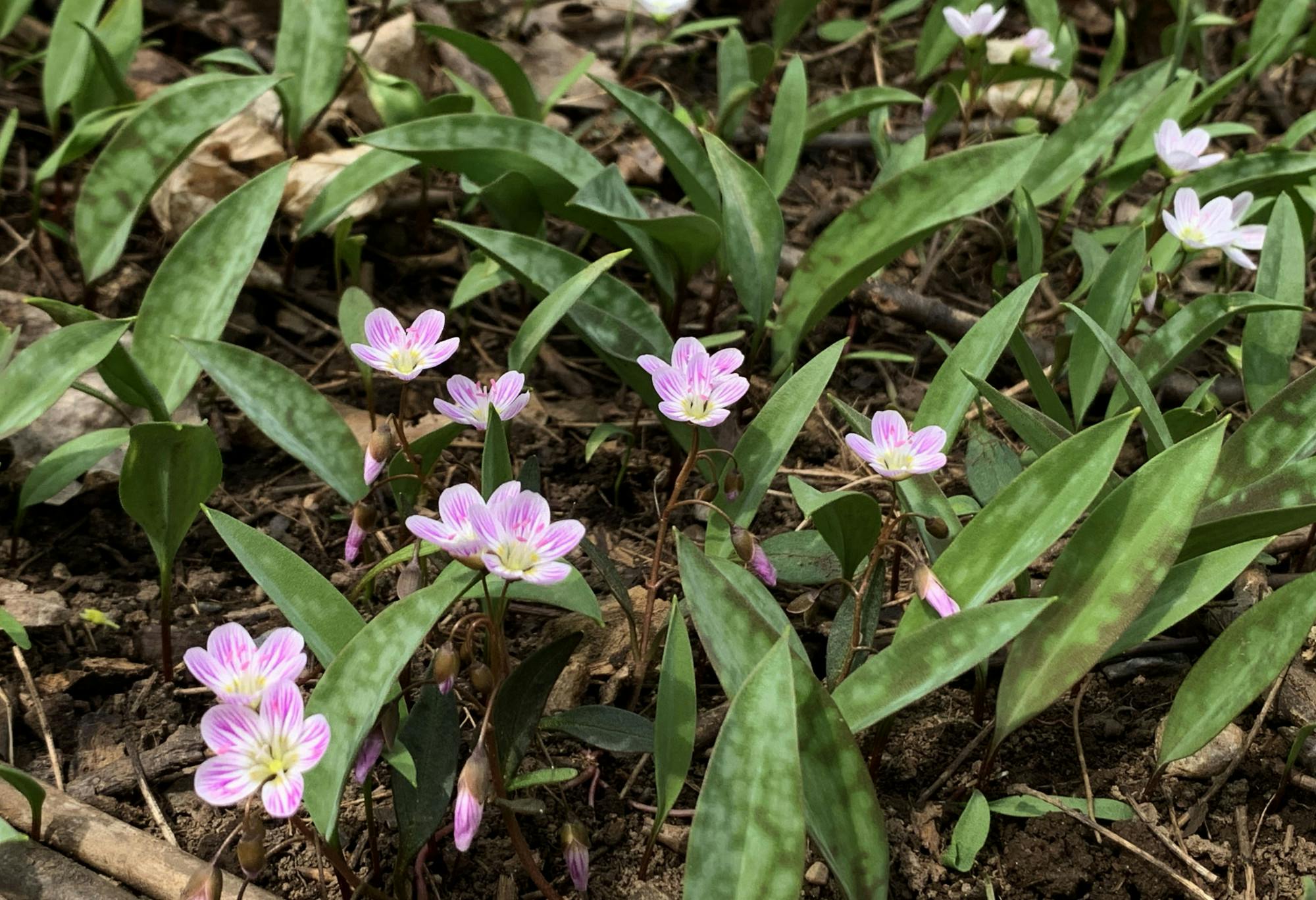
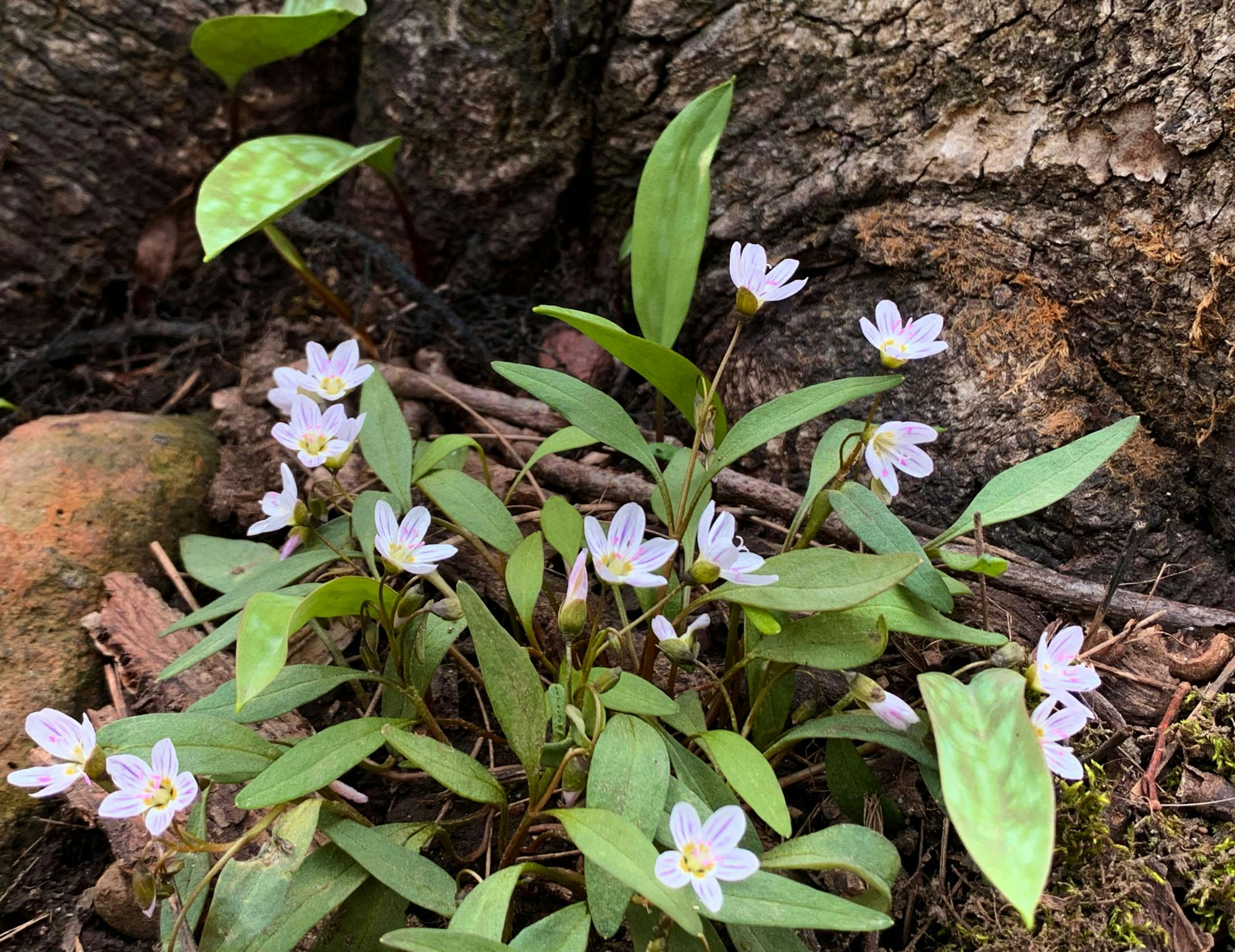
iNaturalist
Needless to say, there are far more than just three species of wildflower that the Vermont wilderness has to offer. For instances in which identification is proving difficult — or because you want to compare your thoughts with someone else’s sighting — the iNaturalist app could prove to be a useful tool. For my own purposes, iNaturalist reinforced my confidence in the IDs I’d made of the aforementioned wildflowers — and it’s served as a digital collection for the fauna I’ve encountered throughout my time at Middlebury thus far.
The platform, an initiative now run by the California Academy of Sciences and National Geographic, allows users to crowdsource plant and animal identification data based on location and then share this data with users and researchers. Using the app is as easy as uploading a photo and seeing what the iNaturalist interface suggests as a possible species ID. Suggestions are based upon a visual analysis of the uploaded photo, other observations that have been made nearby, and preexisting identifications of species known to live in the area. Once an observation has been uploaded, it can be re-confirmed by other members of the iNaturalist community; this confirmation of a correct identification can upgrade an identification from “Casual Grade” to “Research Grade.”
It is also possible to upload observations under the “Unknown” category, after which other users of the app can suggest possible identifications. Therein lies the beauty of iNaturalist: Even if you don’t know the species yourself, the app may give you access to someone who does.
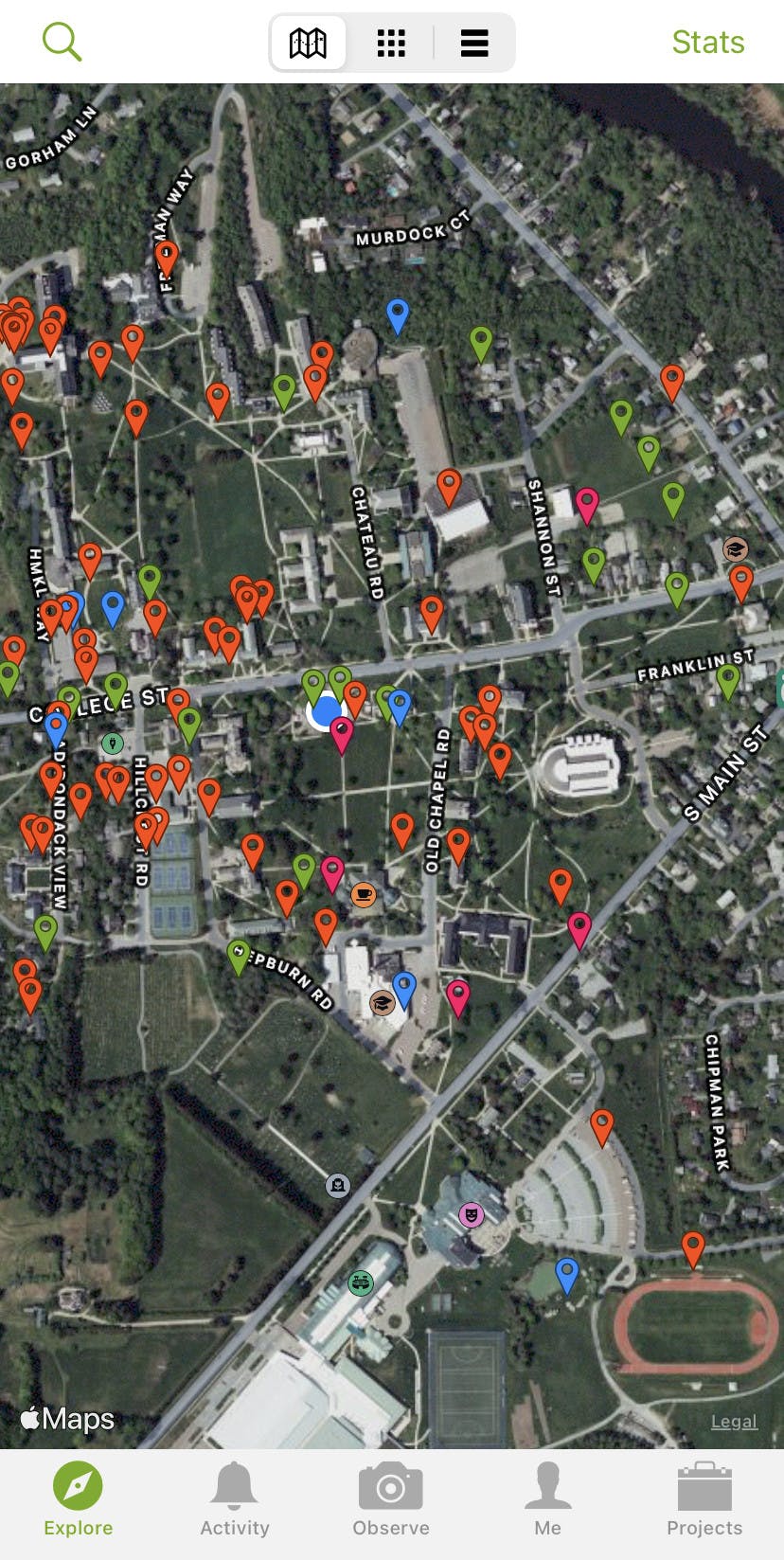
Getting grounded in the natural world and familiarizing yourself with local flora doesn’t have to be daunting. Just connecting oneself with the beauty of one's surroundings is among the simplest ways to celebrate the bright things the world has to offer.

